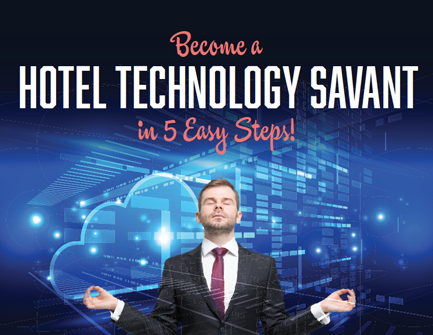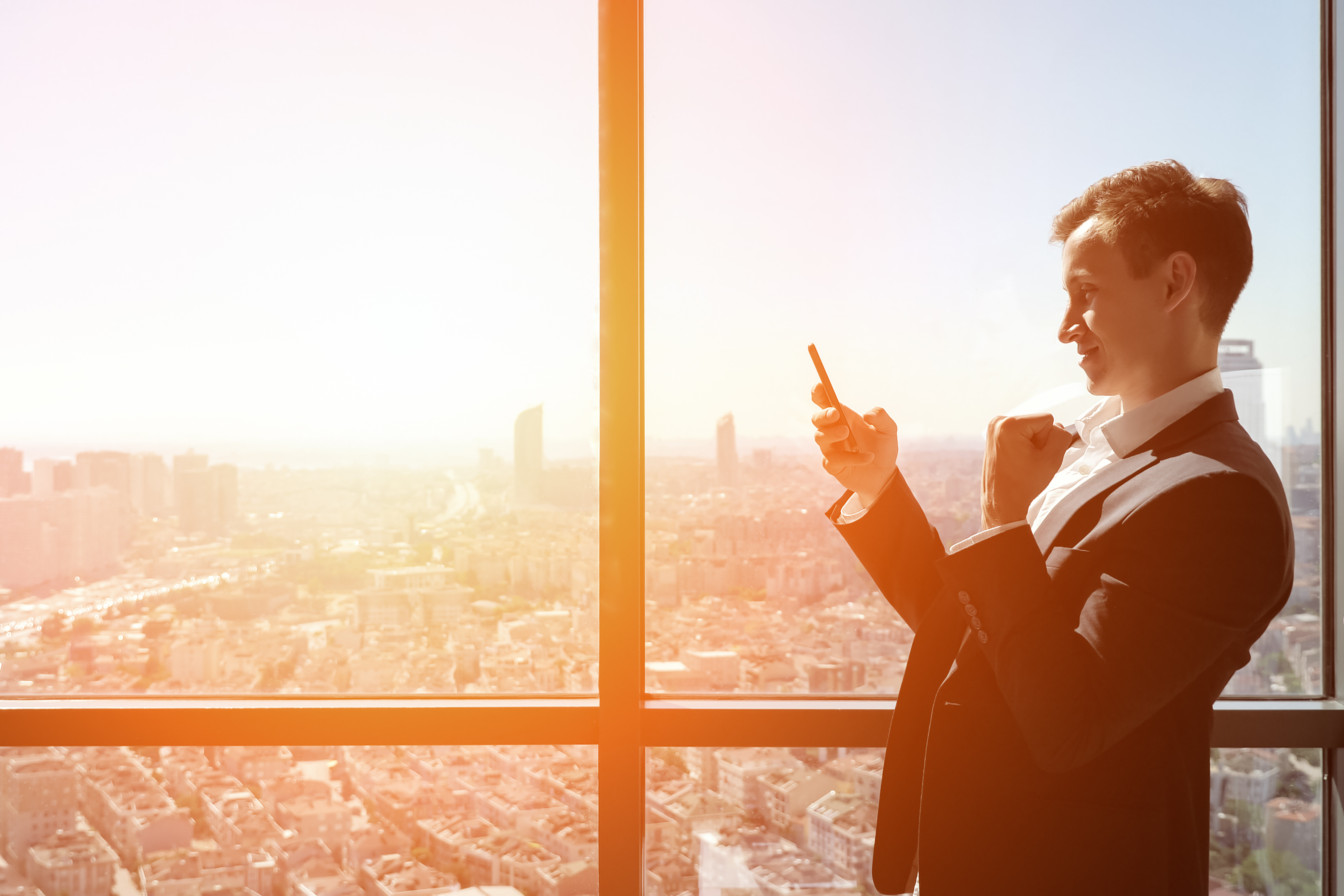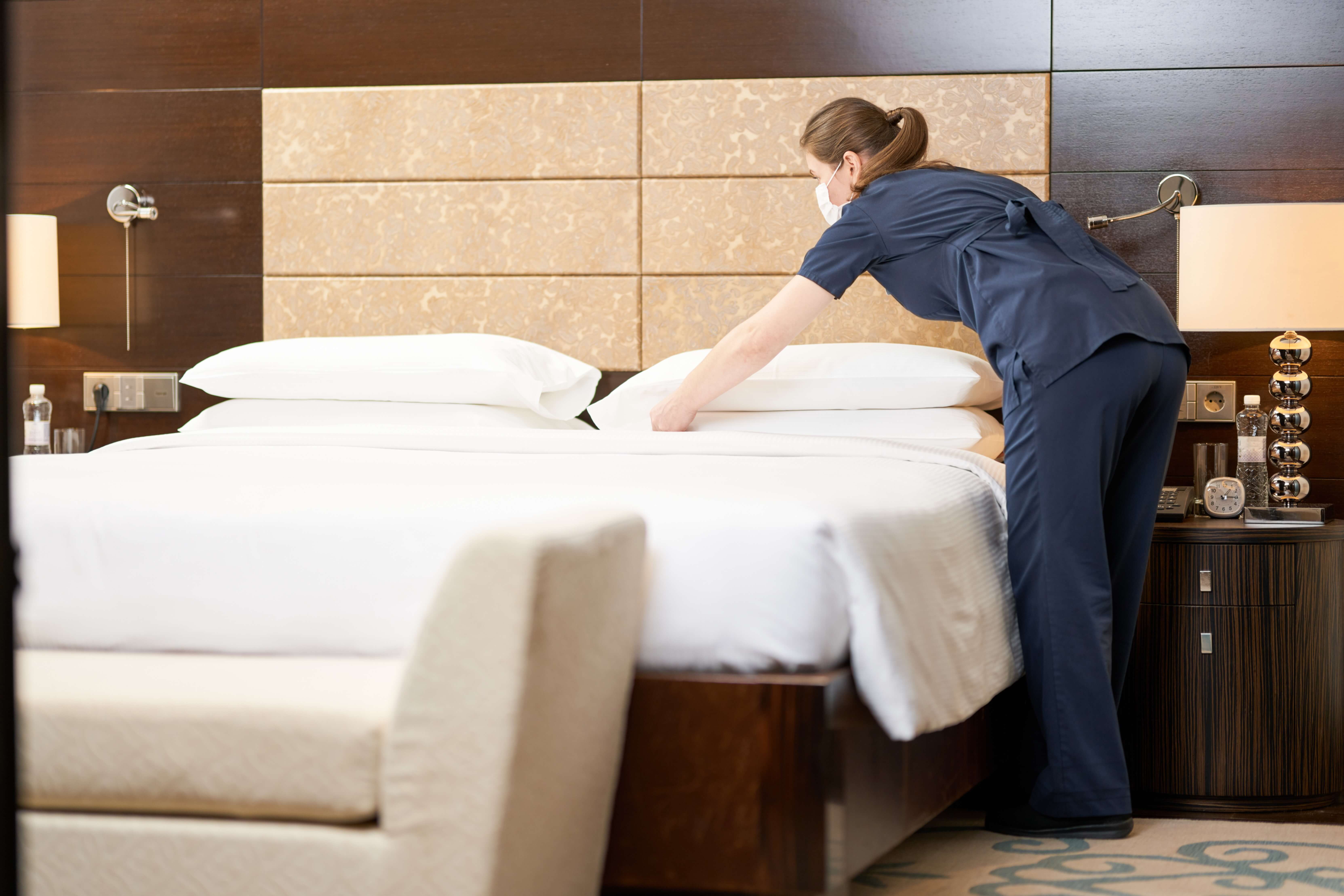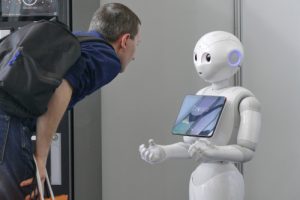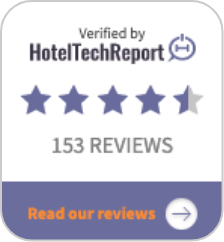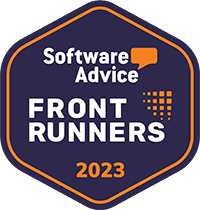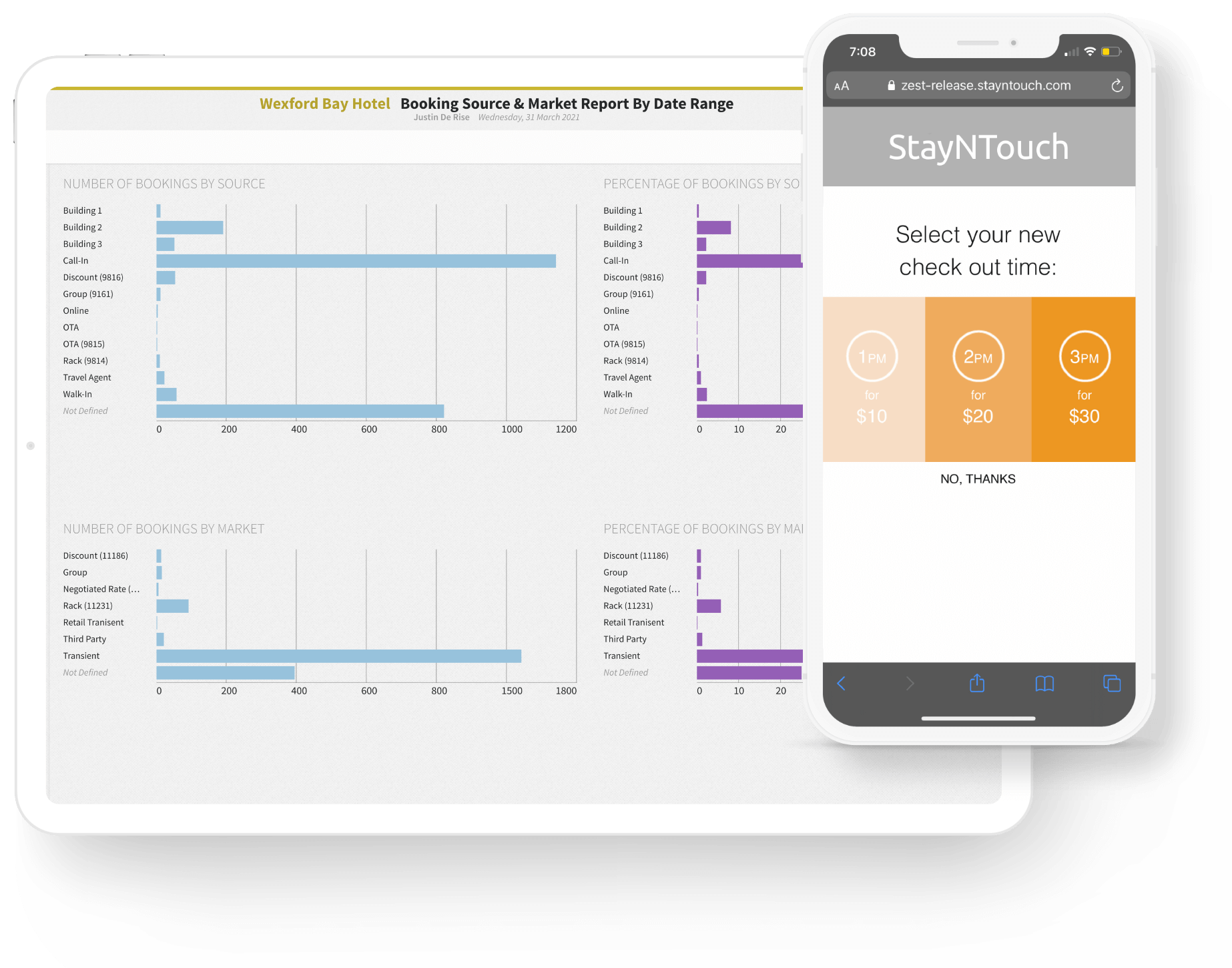“Guest Engagement” is one of those buzzwords that you hear thrown around alot these days in hotel management circles. It doesn’t seem like a new concept – hoteliers have been engaging with their guest since hotels were invented. But the term, as it is used these days, actually tends to refer to increasing the frequency and quality of interfacing with the guest. Typically the purpose of increased interfacing with the guest is the encouragement of guest participation in hotel activities that drive ancillary guest revenue. Again, that is not necessarily a new concept, but what is new is the role of technology to facilitate increased guest engagement, and the additional hotel management concerns that are being enhanced through the use of this technology.
The preponderance of smartphone, laptops and tablets means that we are all used to managing our world through an interactive screen. So it should be no surprise that hotel management is trying to get visibility on our screens even after we have made our reservation online. Just as hotels were able to tap into central reservation system data (CRS) to bring distribution directly to consumers online (through OTAs and their own brand sites), hotels are now able to tap into their mobile-enabled property management system (PMS) data to bring operational features directly to the guest. And just as direct bookings on brand.com reduce distribution costs, self-service operations help reduce operational costs. For example, front-desk staff labor hours are reduced if guests can check themselves in and out of the hotel via their mobile phone or a lobby kiosk. And although the industry doesn’t like the term “line-busting,” many large resorts are doing just that by engaging with their incoming weekend crowds well before they reach the property in order to check them in.
That reduction in lines is one of many marketing benefits from technology-facilitated guest engagement. As lines are reduced, so are wait times – which translate to better guest experiences – which translate to better online reviews. Maurizio Benevento, General Manager of ROW NYC, says, “Mobile check-in is generating positive feedback in our TripAdvisor reviews. Past guests are recommending the use of it and, in turn, new guests are inquiring about the mobile check-in when they make reservations.”
Good reviews may be an indirect marketing benefit, but the mobile check-in process provides ample opportunities for the direct ancillary marketing and revenue. Every mobile check-in should include a dynamic upgrade offer component. “Dynamic” in terms of pulling up the next few room types based on availability for immediate check-in. At time of reservation, the guest may have been looking for the best price for the night, but after a long flight, the promise of additional luxury for just a few dollars more is very enticing.
Those arriving a bit earlier than usual present an opportunity to market and monetize early check-in. This can work very well with upgrades – “Your room is not quite ready, but you can check into the Suite for just a few dollars more.” The hotelier reaps revenue from the upgrade and revenue from the early check. Again, a dynamic connection to the PMS is required to intelligently pull up the correct availability and adjust the reservation appropriately. And let’s not forget the monetization of late checkout. Given how often everyone checks their phone, e-mail notifications to guests during the stay are an effective way to market a later stay for a small additional fee.
Many hotels are also including the marketing of add-ons during the check in process as well, such as room service items, parking etc. Guests have been shown to be more responsive to upsells when shopping on their own phone at their own pace than when standing at a front-desk impatiently waiting for their key. This is not unlike consumer behavior when ordering pizza. Online pizzeria orders have been shown to consistently have a greater cart value than phone-in orders. It’s the same principle. People love to shop at their own pace but tend to want to get out of a person-to-person interaction faster.
And so that’s the funny thing about increasing guest engagement. It used be that engagement implied face-to-face interaction. But our culture has changed. Face-to-face is fine, but it is really limited in terms of how much time you really have with your guest. By engaging with the guest through mobile technology, the hotelier gives up face-time and gives the guest more control. But it is the hotelier who benefits in the end through operational efficiencies and increased revenue.
